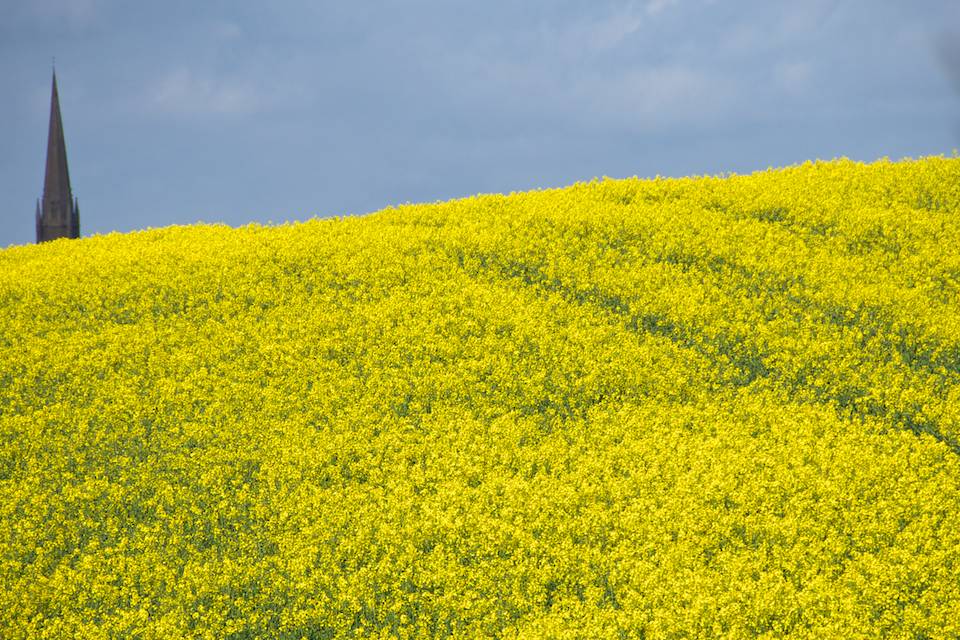Garden history tends to revolve around the gardens and their gardeners, yet little is written about the plants that actually make those gardens. The humble plant, be it a common Narcissus, or blowsy peony is simply drenched in history, with Egyptians, Hugenots, Aztecs, Ottomans all thrown into the mix. Clare Foster’s book entitled, Painterly Plants, is a marvel. Meticulously documented and beautifully photographed by Sabina Rüber, Foster reveals the intriguing history of fourteen much loved plant varieties. Never again, can they be taken for granted.
‘Each plant, has an intriguing tale to tell, and a history that often stretches back thousands of years, from the ancient use of plants in medicine to man’s overriding desire to create improved forms through hybridisation’, writes Foster.
Initially, researched for an article series in House & Garden magazine, Foster quickly realised the role of art in the history of plants. Having been sketched, painted, sculpted, embroided and later photographed, plant images provide an invaluable contribution to the documentation of botanical history. That includes not just botanical illustrations, but also mediums such as medieval tapestries, still-life’s by Dutch masters, and world famous paintings by the likes of Monet, Mackintosh, and Dürer.
Combined with the artistic references, factual historical evidence, and related (botanical) content, Foster reveals the captivating history of the; Auricula, Hippeastrum, Fritillary, Nerine, Narcissus, Camelia, Dahlia, Tulip, Rose, Hellebore, Carnation & Pink, Iris, Peony and the Waterlily. The result is simply fascinating.

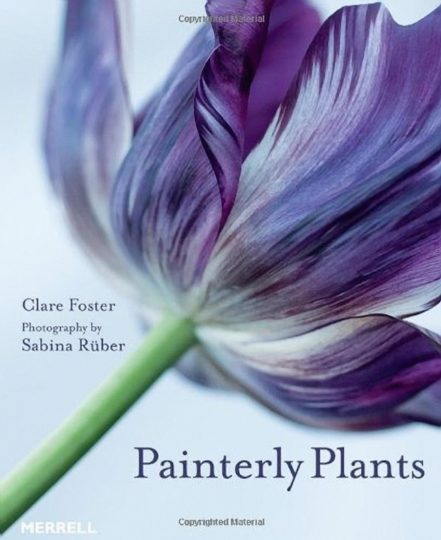
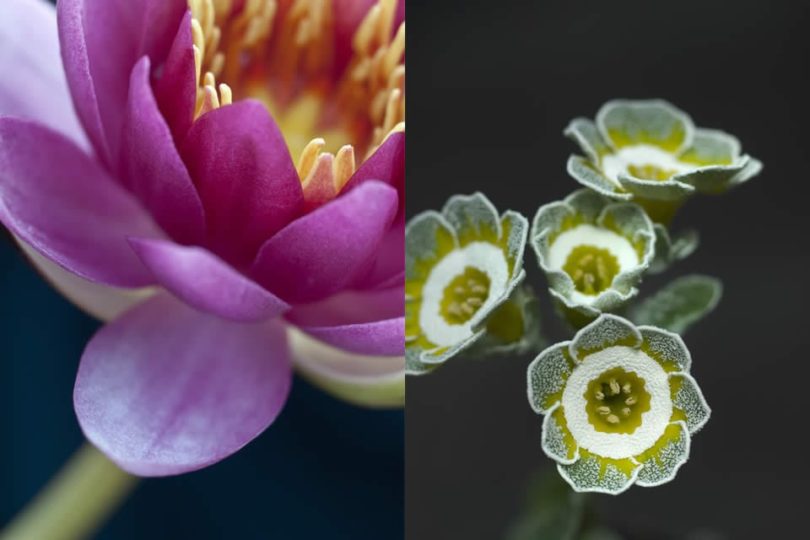
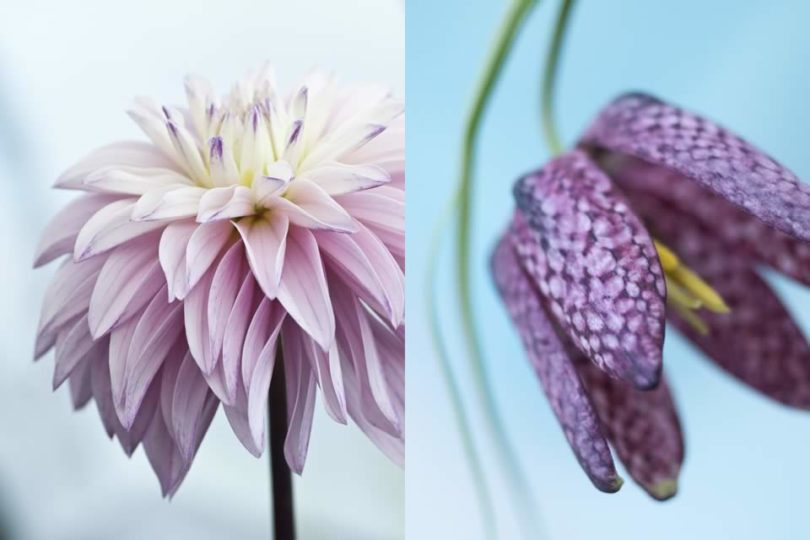
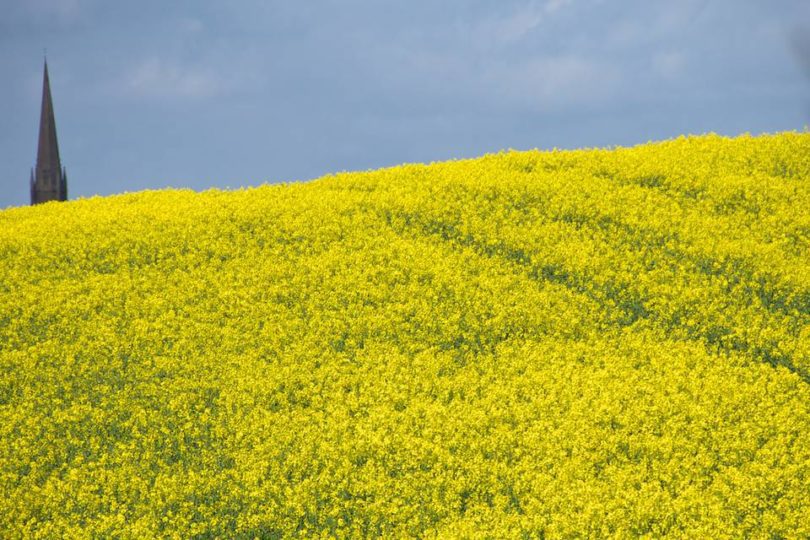
Armed only with the most limited of historical plant knowledge, reading initially focused solely on beloved plant varieties; Roses, Fritillaries, Peonies, Iris, and Hellebores. Though, Fosters refreshing writing style quickly results into unbridled intrigue into the other ‘ersatz’ curiosities, for which subsequently a newly discovered respect now exists. Narcissi used in funeral wreaths of the ancient Egyptians; Camellia’s first grown by Buddhist priests; Dahlia’s first discovered by the physician of the King of Spain in the 16th century, but dating back to the Aztecs; shipwrecked nerine bulbs bound for Holland, but cast off and conquering the Guernsey landscape in the 17th century; Dutch tulipomania; the historical depth and detail in this book is staggering. For each of the included varieties, Fosters takes the reader through initial discovery, arrival in Britain and Europe, cultivation, to the birth of current cultivars.
Painterly Plants, is just as the author intended, ‘simply to make people look at plants a different way’. With Sabina Rüber’s striking photography, this book is a must for any gardener, and cannot help but humble readers as to the true grandeur of plants that many of us, simply have dotted around our gardens. If Foster hadn’t sent me a copy, I would certainly have bought one.
